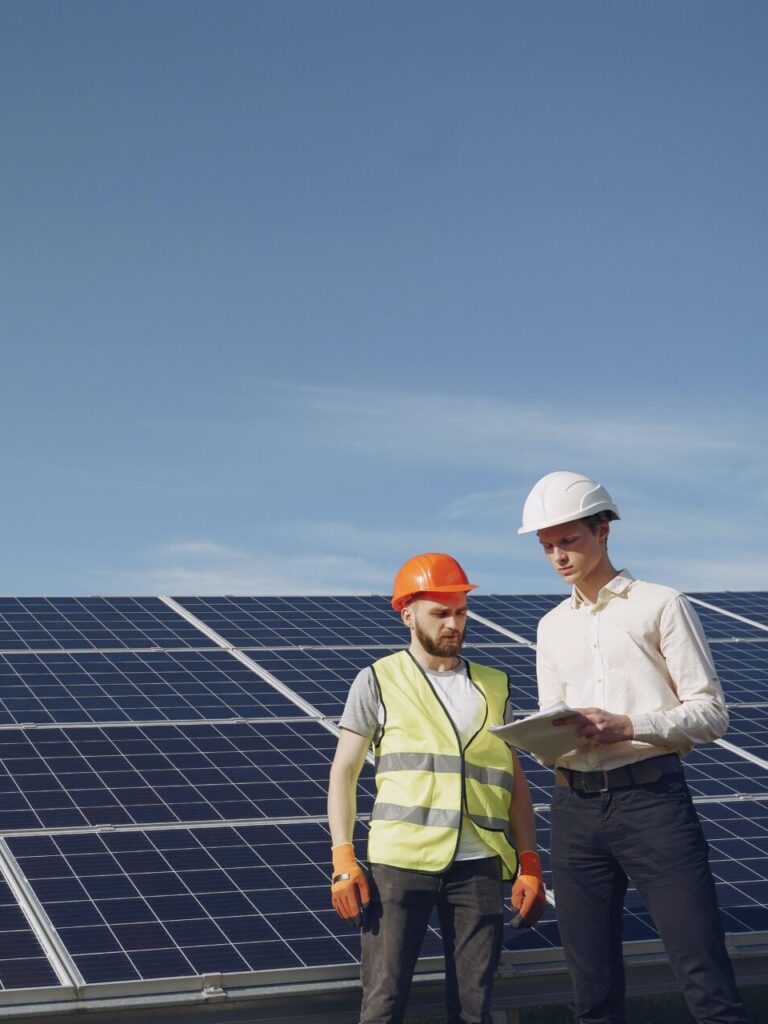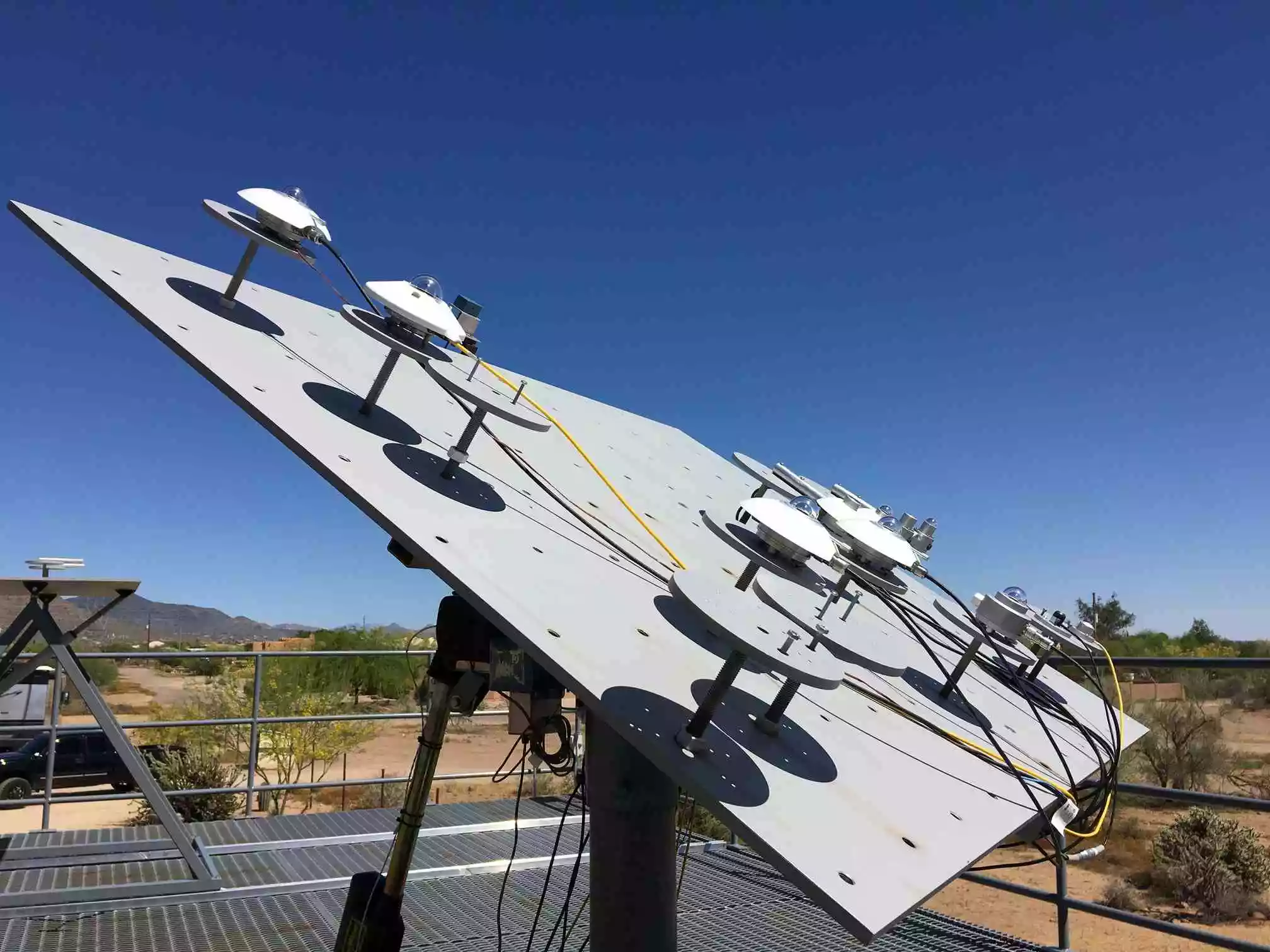
Top Reasons Your Solar Measurements Are Inaccurate (And How Calibration Helps)
Top Reasons Your Solar Measurements Are Inaccurate (And How Calibration Helps)
Accurate solar radiation measurements are crucial for ensuring optimal performance in solar energy systems, agricultural productivity, and climate research. Unfortunately, inaccurate readings are common and can lead to significant operational and financial implications. Here, we’ll highlight the primary reasons for inaccuracies and how regular calibration, especially through ISO-CAL North America’s radiometer calibration services, helps maintain accuracy and reliability.
Common Causes of Solar Measurement Inaccuracies
1. Sensor Drift
Over time, instruments like pyranometers and pyrheliometers experience sensor drift, causing gradual deviations from true measurements. This drift results from prolonged environmental exposure and general aging of sensor components. Regular calibration can identify and correct this drift effectively, ensuring your pyranometer measurements remain precise.
2. Environmental Factors
Weather conditions, such as humidity, temperature fluctuations, dust, and pollution, can adversely affect sensor accuracy. For instance, as outlined in our previous article, how weather conditions affect solar radiation measurements, understanding and mitigating these effects through regular maintenance and calibration can significantly enhance data accuracy.
3. Poor Installation Practices
Incorrect alignment or installation of radiometers and sensors leads to consistently inaccurate readings. Proper installation practices, as demonstrated in our guide on indoor and outdoor calibration services, are vital. Calibration processes can identify misalignments early and ensure corrections are made promptly.
4. Instrument Damage
Physical damage due to extreme weather, accidental impacts, or corrosion can severely impact sensor accuracy. Early detection through regular checks and compliance with calibration standards minimizes downtime and prevents data inaccuracies.
5. Inadequate Calibration Intervals
Infrequent or irregular calibration leads to unnoticed inaccuracies. Regular calibration intervals, as recommended by global standards such as ISO 17025, ensure continuous accuracy and traceability of your solar measurement devices.
How Regular Calibration Improves Accuracy
Enhancing Measurement Precision
Regular calibration adjusts your instruments to align precisely with recognized standards, significantly improving the accuracy and reliability of your solar data. This calibration, performed by accredited laboratories like ISO-CAL North America, ensures traceable and consistent measurements critical for accurate solar monitoring.
Proactive Problem Identification
Routine calibration helps identify potential instrument issues before they escalate into severe inaccuracies. As highlighted in our post on signs your pyranometer needs calibration, early intervention is key to sustained operational efficiency.
Compliance and Trust
Maintaining regular calibration schedules demonstrates adherence to industry standards, crucial for maintaining trust among stakeholders, clients, and regulatory bodies. Utilizing an ISO 17025 accredited lab reinforces your commitment to quality and reliability.
Recommendations for Maintaining Measurement Accuracy
- Schedule routine calibrations based on recommended industry guidelines.
- Regularly inspect instruments for physical damage and environmental contamination.
- Ensure proper installation and maintenance procedures.
For detailed calibration schedules or consultation, contact ISO-CAL North America.
External Resources for Further Reading
- National Renewable Energy Laboratory (NREL) resources on instrument calibration.
- ASTM International standards on solar measurement.
By understanding the reasons behind inaccurate solar measurements and taking proactive calibration measures, you ensure your solar radiation data remains reliable, accurate, and actionable.



